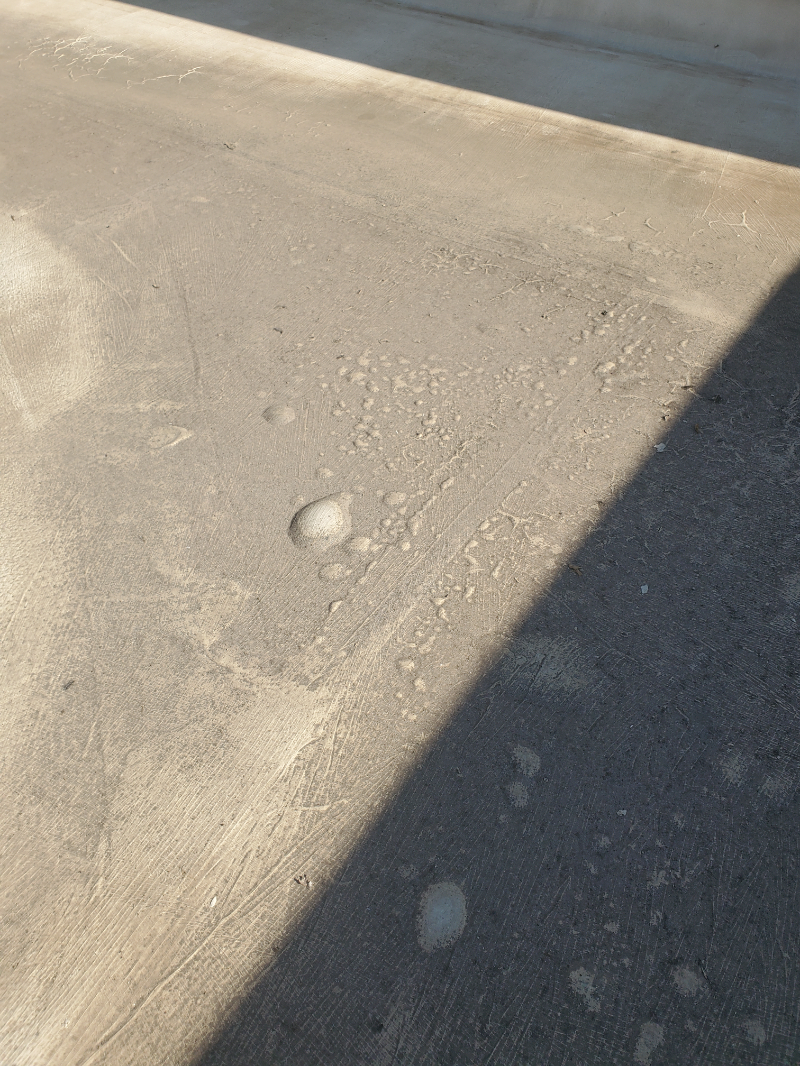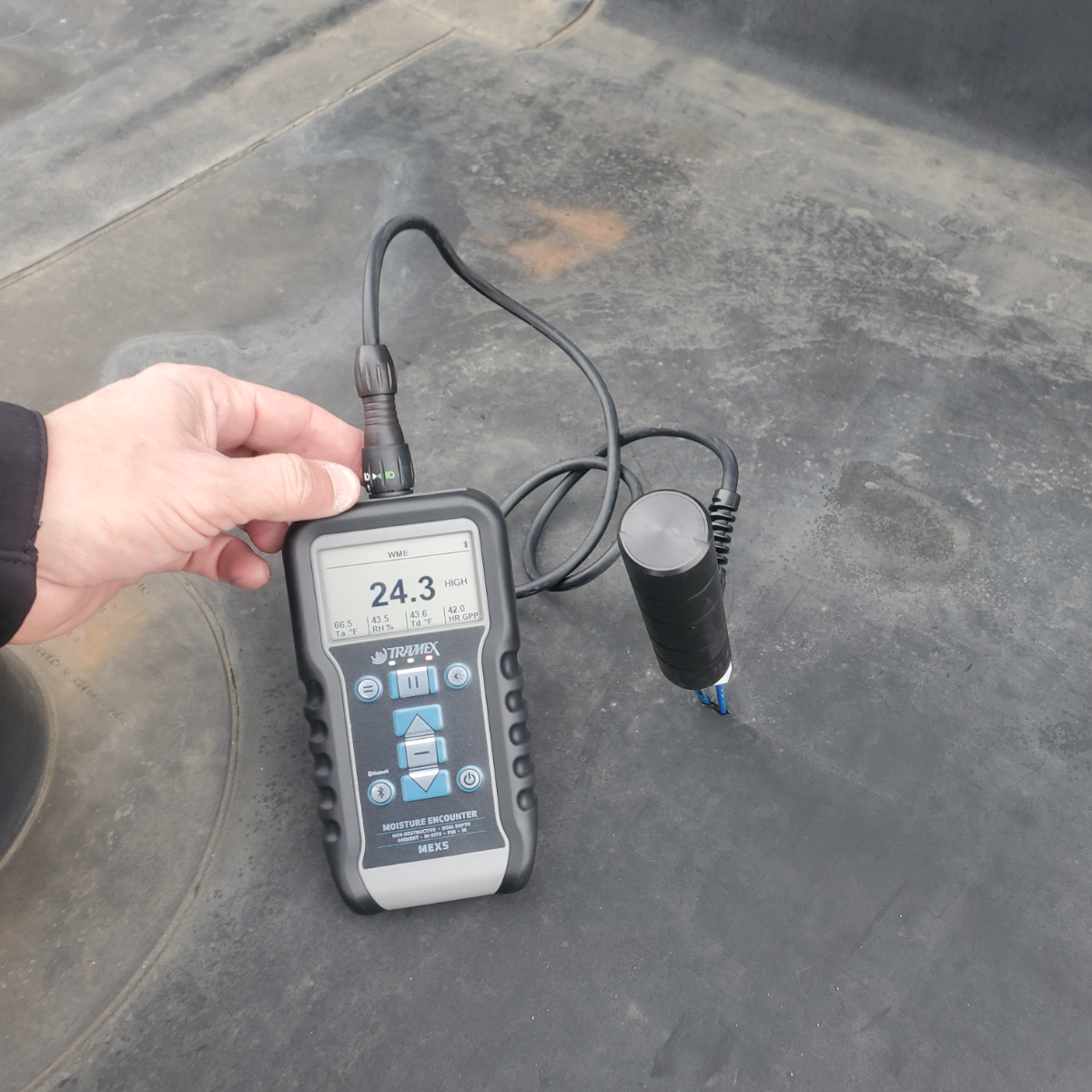It’s not necessarily common knowledge that the most expensive portion of a typical commercial roof system is not the actual roof covering, but the cover boards and insulation below.
Many building owners are shocked when they learn the price of removal of all existing materials down to the roof deck, installing new insulation to code, and a new single-ply membrane.
Desperate for any lower-cost alternatives, they stumble upon fluid-applied solutions. In theory, it sounds great. Fluid-applied roofing can cost 30% less than a roof replacement, it’s minimally invasive/non-disruptive to normal business operations and can bring the same energy-efficiency benefits that a reflective membrane can provide.
The problem is that most building owners only seek new roofing solutions when the existing roof system is already showing signs of failure. This means that there are likely many areas of the roof that are leaking or have leaked in the past. Each of these leaks is likely to have soaked the underlying insulation. Being that the insulation is in a contained space between the membrane and the deck, it typically does not dry out by itself.
Wet insulation is a bane to any fluid-applied roofing solution. The coating seals that moisture underneath. As temperatures rise, that trapped moisture attempts to escape, resulting in bubbling, blistering, and extreme premature failure of the coating.
While a fluid-applied roofing solution can be as low as 30% of the cost of a roof replacement, consider the long-term costs of having to re-coat every 3-5 years over a 20-year time horizon; the same length of a standard NDL (No Dollar Limit) warranty on a new TPO system. How much sense does a coating make under these circumstances?
But there is a middle ground. There are ways to accurately identify precisely where wet insulation exists and, in many cases, address it prior to a coating application. In other words, you can often have the best of both worlds: a lower cost and a roof system that will stand the test of time.
There will always be a place for total roof replacements where the existing roof system can no longer be salvaged, for whatever reason.
The point I’m trying to make is that there are many examples of failed coating applications that could have performed incredibly well had the contractor been armed with the right knowledge pre-construction and had a solid game plan in place to address wet insulation.
If you are interested in seeing for yourself the benefits of a roof moisture survey and/or would like a cost-benefit analysis of a roof replacement versus a fluid-applied option on your building, please don’t hesitate to reach out.


